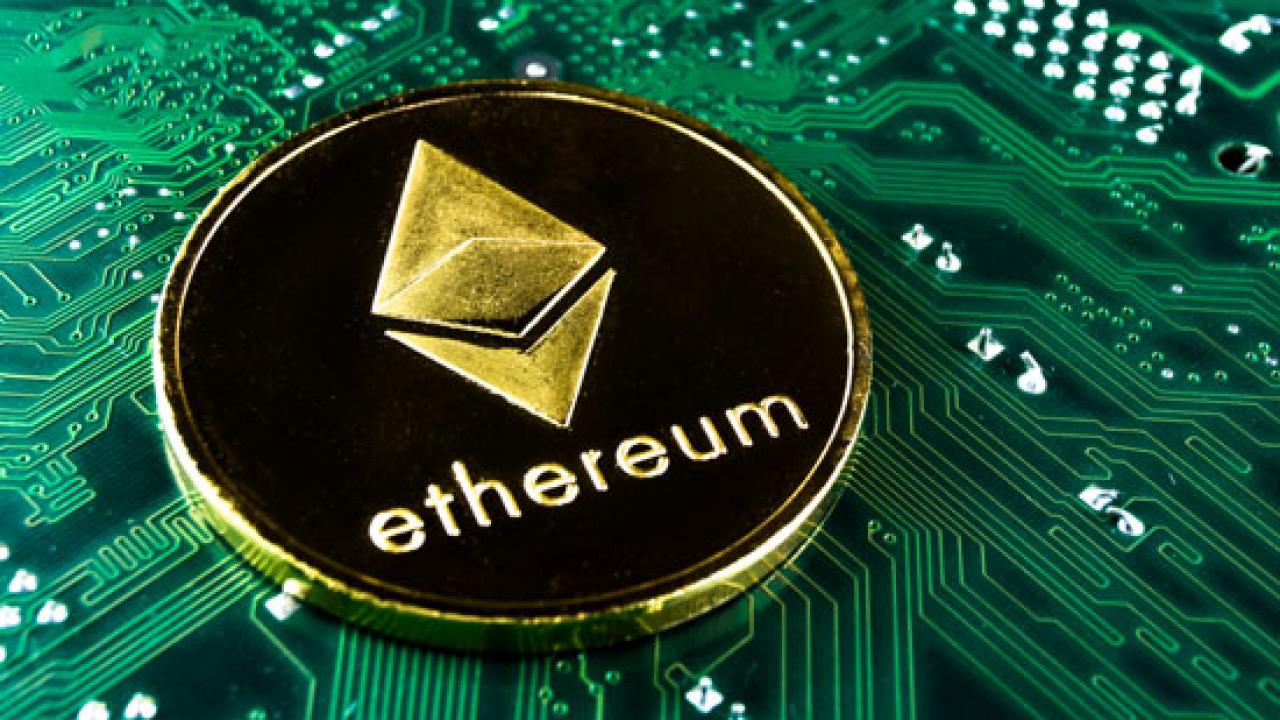One of the most popular traded digital currencies in the world is Ethereum. Most of the holders eventually sell their Ethereum to use in their daily life, save, or invest in other assets. But converting Ethereum to cash may sometimes be slow, costly, or dangerous when done incorrectly. Delays may lead to frustration and even loss of money in case of a change of market conditions. Learning the most efficient and safe methods for how to sell eth is the guarantee of quicker transactions and no worries.
Choosing Reliable Platforms
The initial stage of an easy cash-out procedure is finding a reliable platform. High-quality cryptocurrency exchanges like Coinbase, Binance, and Kraken are usually employed due to safety, liquidity, and developed withdrawal mechanisms. Another alternative is peer-to-peer (P2P) marketplaces that enable one to sell Ethereum to buyers. This can be an alternative to give better rates, but it needs care to avoid scams. P2P transactions are risky, but the use of platforms where escrow services are provided helps to mitigate this risk.
Using Bank Transfers for Speed
Most individuals would like to have Ethereum deposited into a bank account since this is direct and known. The platforms with banking connections can facilitate speedy transfers when Ethereum is traded to a stable currency like USD, EUR, or local fiat money. Some exchanges provide instant bank withdrawals to selected banks, whereas other exchanges may require one to three business days to process the bank transfer. The speed of bank transfers is usually dependent on local bank regulations and the time it takes the exchange to process the bank transfer. One should select exchanges that have good connections to local banks to avoid delays.
Cashing Out with Debit Cards
The other quick alternative is to use a debit card linked to crypto. A number of firms, such as Binance Card and Coinbase Card, have introduced the ability to load Ethereum onto a card, which can be spent at merchants or to make ATM withdrawals. This eliminates the wait time of bank transfers, and it allows instant access to money. Although card services are convenient, they can come with fees per transaction or withdrawal. Comparing costs before use ensures better value.
Stablecoins as a Bridge
It is usually a good idea to convert Ethereum to stablecoins like USDT or USDC and then cash out. Stablecoins are worth one dollar, which means that they decrease the risk of sharp declines in prices when withdrawing money. Most exchanges enable instant conversion of Ethereum to stablecoins and immediate cash-out via bank transfer or third-party services. This is a particularly effective technique when the market is in a volatile state, locking in value before transferring it to cash.
Peer-to-Peer Transactions for Flexibility
Selling to peers is an alternative that is also flexible for those who want it. Sellers and buyers may negotiate on the exchange rate and the mode of payment, which may be via bank transfers, mobile payment applications, or even cash in person. This is a flexible but risky way. Verifying buyer credibility and using escrow-protected platforms is essential. When handled well, P2P sales may yield quicker returns compared to the traditional exchange, especially in areas where exchange platforms are few.
Minimizing Fees
The transaction fee charged may be high, and this may diminish the amount that is received when cashing out Ethereum. The network of Ethereum is usually associated with high gas fees that may eat into profits. One is to wait until lower network activity times when fees are lower. Some exchanges also enable withdrawals to cheaper blockchains by converting Ethereum into tokens on networks with cheaper fees. Selecting platforms with clear fee structures means that there are no surprises.
Timing the Market
The timing of the sale is another smart way to ensure there is no delay and losses. When the price of Ethereum is falling rapidly, waiting too long to make the conversion into cash may decrease returns. Stablecoins can serve as an intermediate safe place to lock in value until the cash can be withdrawn. Also, the cashing out process can be faster during business days, since banks and exchanges are open. Selling at late hours during weekends or during public holidays may result in unnecessary delays.
Conclusion
Withdrawing Ethereum does not need to be tedious and stressful. The wisest ways are to select the trusted platforms, make direct bank transfer or debit cards, convert to stablecoins to protect against volatility, and time the withdrawal so that it is not delayed. Having low fees and making security a priority gives yet another level of confidence to the process. These simple steps will help Ethereum owners to transfer their assets into cash within a short time without any additional complications.

